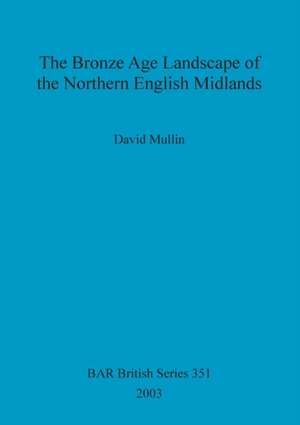The Bronze Age Landscape of the Northern English Midlands
Autor David Mullinen Limba Engleză Paperback – 15 aug 2003
Preț: 378.53 lei
Nou
Puncte Express: 568
Preț estimativ în valută:
72.44€ • 78.66$ • 60.85£
72.44€ • 78.66$ • 60.85£
Carte tipărită la comandă
Livrare economică 23 aprilie-07 mai
Preluare comenzi: 021 569.72.76
Specificații
ISBN-13: 9781841715117
ISBN-10: 1841715115
Pagini: 148
Dimensiuni: 210 x 297 x 10 mm
Greutate: 0.59 kg
Editura: British Archaeological Reports Oxford Ltd
ISBN-10: 1841715115
Pagini: 148
Dimensiuni: 210 x 297 x 10 mm
Greutate: 0.59 kg
Editura: British Archaeological Reports Oxford Ltd
Notă biografică
David Mullin
